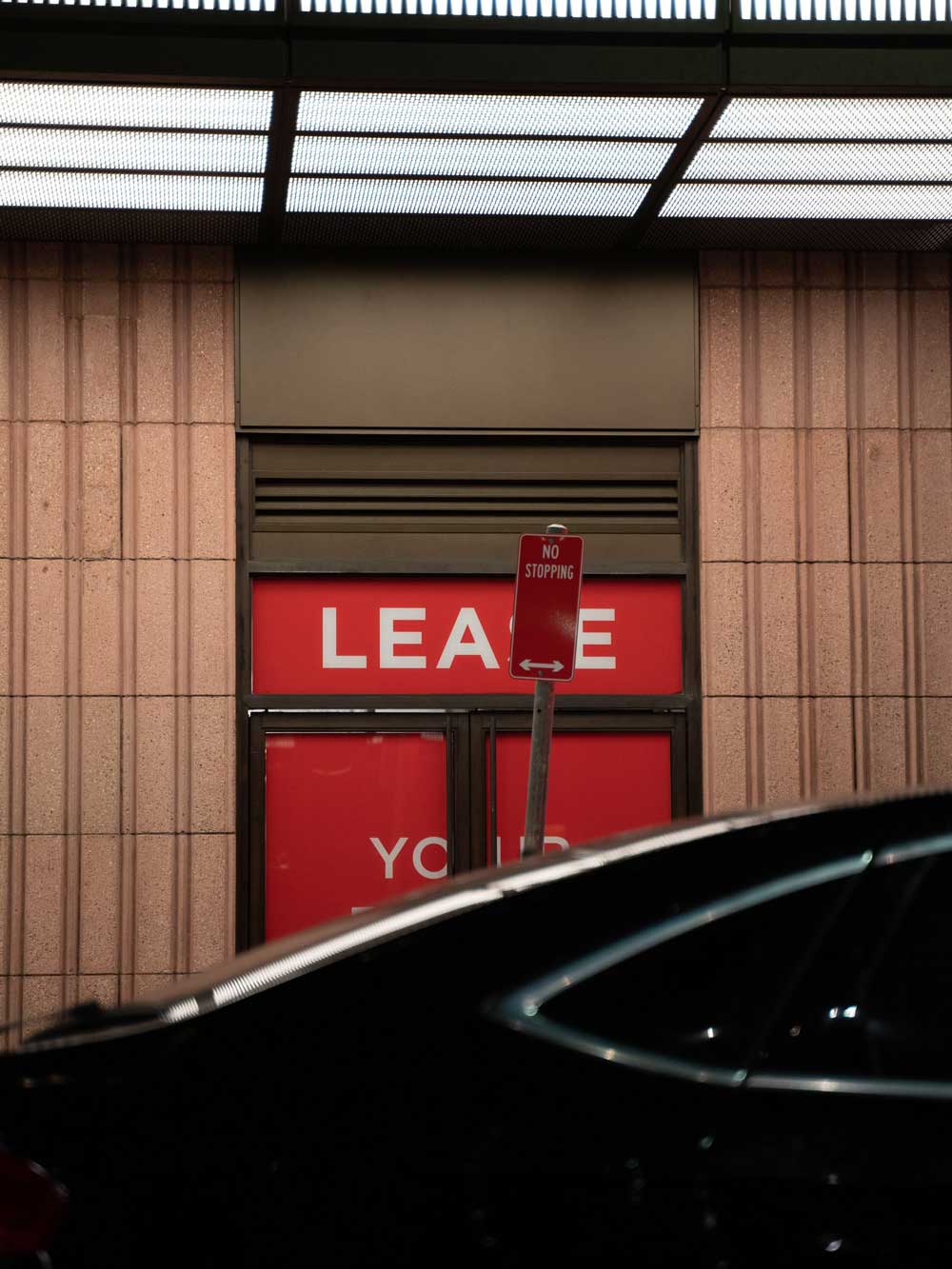The effectiveness of incentive clawback provisions, whilst common in commercial leasing transactions, continues to be uncertain.
Perhaps it is time to consider alternatives. See details below.
Some recent cases
In brief summary:
- Courts are open to interpreting an incentive clawback clause as potentially not being a penalty where it gives rise to a further obligation or right.In 148 Brunswick Street Pty Ltd v Strategix Training Group Pty Ltd [2021] QDC 38, because the incentive clawback was attached to the right of early termination and the tenant has, in effect, received something in exchange, the clawback may (see end of this paragraph) not be considered a penalty. It should be noted that this case was merely the hearing of an application for summary judgment without decisions made on the merits of the case.
- Despite the above, enforceability of clawback provisions remains a live issue with Courts in some other cases treating them as a penalty in certain circumstances.In Alamdo Holdings Pty Ltd v Croc’s Franchising Pty Ltd (No 2) [2023] NSWSC 60, the Court was of the view that, to allow a landlord to clawback the incentive paid by a tenant on a default by that tenant, would have the effect of providing to a landlord greater compensation than it would otherwise have been entitled had the lease run its course and the clawback provisions went further than was necessary to protect the landlord Alamdo’s legitimate interests. As such the clawback provisions were considered to be in the nature of a punishment. See here for our detailed summary on this case.
Alternatives – the way forward
If you are a landlord, it is perhaps time to consider alternatives to the standard incentive clawback provisions. For example:
| Options | Pros (some examples) | Cons (some examples) |
|
|
|
|
|
|
Conclusion
It is clear that landlords can no longer be certain whether or not incentives are recoverable from the tenant in the event of lease termination.
There is no definite solution for all leases and landlords and the above must be assessed on a case by case basis.
Please contact Mike Ellis or Yanlie Leung if you would like to explore any of the options above.
This publication is for introductory and general information purposes only and does not constitute legal or commercial advice and cannot be relied upon as legal or commercial advice. To the extent it relies on third party materials we do not warrant the accuracy of those materials but otherwise believe the article to be accurate as at the date of first publication. You should always seek legal advice regarding your particular circumstances.

